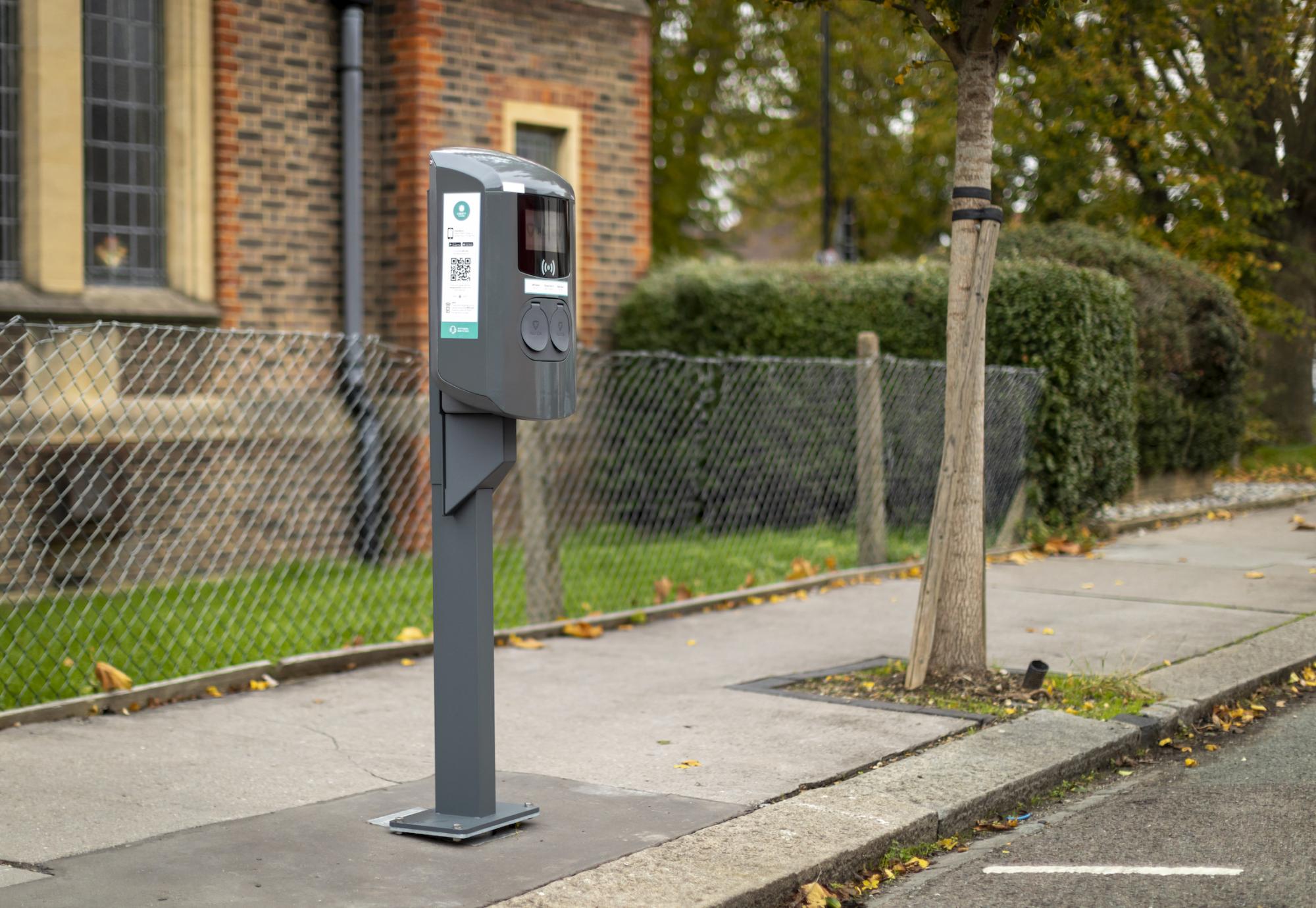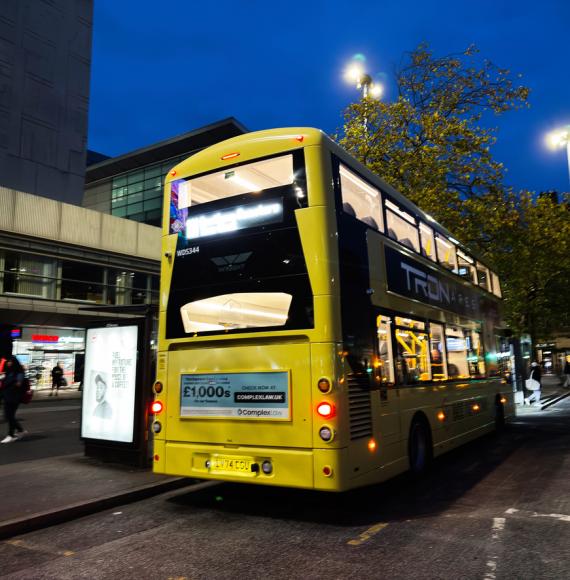As more and more local authorities address the urgent need to accelerate the EV infrastructure roll out, clarity and straightforward objective advice on how to plan, implement and maintain a local EV charging network is in short supply.
Supporting local authorities is essential if the Government’s ambition to install 300,000 charge points by 2030 is to be met, when the sale of new petrol and diesel vehicles will cease.
Neil Isaacson, CEO of public charge point operator (CPO), Liberty Charge, provides six top tips on how local authorities can deploy charge points at pace and at scale, and deliver a UK-wide publicly accessible EV charging infrastructure network.
- Raise awareness of benefits to residents
Public consultations are an important part of the EV infrastructure roll out. But they are sometimes complicated. Members of the public who don’t yet own an EV, don’t tend to want charging infrastructure outside their homes. They don’t want what they don’t yet know they will need.
But the need is there. As the UK is switching to electric transport, residents need to be informed about its benefits: for the environment, lowering pollution and improving air quality; for cheaper running costs; or for convenience of charging an EV without the need to visit a petrol station. Indeed, initial indications suggest that house prices could benefit from proximity to charge points.
Without positive reinforcement of the benefits that the EV charging rollout will bring, resident push back is likely to remain. But without doubt, the tipping point will soon be reached, and the public will demand accessible EV charging with a similar vigour as demands that came from the rollout of broadband.
Local authorities should and do use public consultations to promote the benefits of the EV charging rollout, such as reduced noise and air pollution. However, some local authorities lack budgets and resources to create the necessary hard-hitting campaigns. Local businesses can help by electrifying their fleets and providing at-work charging. But the shift in attitudes in favour of owning and maintaining an EV should sit with national Government.
Indeed, in our recent Local Authority Insight Report, ‘Transforming the delivery of local charging networks across the UK’, many Councillors echoed this sentiment, believing that more support was required from Government to shift driver attitudes away from polluting petrol and diesel vehicles.
It is important to be able to demonstrate a clear longer-term plan, and an evidence-based approach of the need for EV charging. A well thought out EV Strategy, with credible demand forecasts for EV chargers, enables decision makers to be bolder when encountering local opposition, and the ‘not-in-my-back-yard’-ism (NIMBYism) of a small minority, which would otherwise result in an unrepresented majority being left without local charging solutions. Liberty Charge can help local authorities in preparing their EV strategies and quantifying the requirement for public EV chargers using their bespoke forecasting tool developed by Loughborough University.
- Understand the timescales
While 2030 is more than seven years away, creating the necessary policies and strategies, undertaking the required due diligence, conducting public consultations, and charge point build and deployment can take 12 months and sometimes as long as three years.
And 2030 is not the deadline. We need infrastructure to be in place to instil consumer confidence to make the switch. We also need to accommodate the growing demands for charging from the increased volume of EVs. Figures from the Society of Motor Manufacturers and Traders (SMMT) show year-on-year EV sales rose by 78% in April this year, with one in three new car registrations being electric. Consumer adoption of EVs is clearly growing, but the infrastructure is not keeping pace; according to the Competition and Markets Authority (CMA) around 90% of households are more than a five-minute walk away from a public charge point. When looking at timescales of years not months, the time has to be now to change that.
Furthermore, to date a disproportionate share of EVs have been purchased by those with off-street parking, but as EV uptake grows, the demand for public chargers from those who are reliant on parking on-street will further amplify the growth in the demand for public charging.
- Use data to identify the right locations
It can be challenging for local authorities to identify and prioritise public charge point locations, often using an incomplete picture of local demand to work from, including only a small and not necessarily representative sample of resident requests.
While the current needs and wants of residents is important, taking an objective, scientific approach that also considers the future adoption of EVs and anticipates demand, will ensure supply meets both immediate and future requirements.
Identifying which residents have access to driveways or which will be reliant on on-street charging is an important first step to understanding where public charging is needed most. Locations need to be assessed for suitability of slow, fast and rapid chargers, and we would recommend a blended network that includes all charging speeds. Using data on pavement width and planning regulations will inform a council on which policy factors to consider in the logistics of creating the appropriate infrastructure. Liberty Charge has a proprietary data-led solution which uses all the above data to inform local authorities of the number and the exact on-street location of charge points required.
4. Attract private sector funding
There is growing appetite from the private sector to invest in EV infrastructure. However, some sites continue to present challenges, often due to high installation costs or lower forecast levels of demand.
Given the significant growth in the number of public chargers required over the coming years, and the limited amount of public funding available, a key role for Councils will be to ensure they attract sufficient levels of private funding to deliver this vital infrastructure.
In order to do this, local authorities will need to make sure what they bring to market is commercially viable, for example with sufficiently long contracts for CPOs to be able to recover their investment. Equally however, Councils need to be careful not to give away their prime sites, and be left holding only the commercially unviable sites. Striking the right balance is key. An effective approach to achieving this is for the local authority to offer a portfolio of sites to the market as a concession contract, including a combination of sites with mixed commercial viability, and inviting the private sector to fund these by offsetting the less attractive sites against the more attractive ones.
- Avoid exclusivity clauses
Ultimately the local authority needs to be looking to bring about a comprehensive and competitive EV charging ecosystem in order to deliver the best possible environment for supporting a transition to EVs. This should include a range of charging solutions to suit all use cases and locales.
Exclusivity clauses are obviously beneficial to the winning CPO, but rarely a good thing for residents or local authorities. While they may offer some short-term contractual benefits, the trade-off is less competition in a local area, which in typical market conditions often results in higher tariff costs and a poorer service. Lack of competition is also less likely to incentivise CPOs to compete to achieve better reliability when maintaining and future-proofing the local network. Indeed, the CMA suggests that local authorities should facilitate a multi-supplier EV charging network for their residents.
If exclusivity clauses are agreed, then there should be provision in the contract for local authorities to introduce an additional supplier if the original supplier falls short of a stated uptime of at least 95%. It will be this risk that keeps CPOs that were awarded exclusivity focused on on-going delivery.
- Carefully assess a CPO’s credentials
As the marketplace matures and the private sector takes on a greater role in delivering much needed EV infrastructure, public-private partnership contracts are likely to be long-term: ~15 years. It is key for local authorities to do their due diligence, and to ensure partners are capable of meeting the needs of their residents. Asking the right questions in a tender process is only the start; it’s about creating partnerships built on trust.
Investors and funding of potential suppliers must be scrutinised for their financial capability, ethicality and security to deliver long term outcomes. Companies House is a rich source of information for companies’ financial history and ownership, which might not appear on their website or in tenders.
Just as importantly, checking that a company’s supply chains are sufficient to cover hardware build, manpower for deployment, and on-going charge point maintenance is frequently overlooked.
Some local authorities invite as many as three CPOs to the very final stages of negotiations, and there is merit in doing so. It is often only at this final stage that it’s possible to truly get under the bonnet and uncover areas where suppliers may have over-promised.
Local authorities will increasingly need to scrutinise CPOs business plans, and ask that they demonstrate how they will achieve a sustainable operation in the longer term, so the Council can be sure they will be signing up with an operator who is in board for the duration. It would also be advisable to speak with their existing customers to learn first-hand how they have performed, and how easy they are to work with. All credible suppliers should be willing to provide you with at least three contacts.
Visit the local authority EV Infrastructure Hub [Link to Education hub] to access further advice.
Download the Local Authority Insights Report, ‘Transforming the delivery of local authorities’ on-street EV charging’ to find out Why have one-third of Local Authorities not even developed a strategy or a plan? How are they resourcing the work with countless other priorities to manage? What will drive the significant change of pace required in EV infrastructure rollout?


















